Celebrating local dress: My travels and Afghan Style
During the launch of Robert Spangle's book Afghan Style recently in London, I had a chance to catch up with Rob about what he found so inspirational about dress in Afghanistan.
He mentioned the silhouettes, the texture of different local materials and colour variation - how expressive each seemed, within often fairly limited styles.
It brought back memories of my own travels in northern Pakistan and western China, both close neighbours of areas Rob had been. I backpacked a lot in my twenties, and one particularly memorable trip took me from Beijing to Islamabad, travelling by land across the north of China via Urumqi, then down into Pakistan over the Karakoram.
I travelled with my father, and remember it fondly. It's easily the longest time the two of us have spent together on our own. But my strongest memories are of the people we met, who were unfailingly friendly and hospitable, particularly in Pakistan.
Looking back on it now, they were also well dressed - expressively and individually.
Unlike many people working in menswear, I have no good 'origin story'. It is a disappointment to every interviewer.
I wasn't inspired by a father or grandfather. I didn't insist on wearing a three-piece suit to school. I didn't care about clothes until suits were a requirement of working in an office.
So travelling around Asia back then, the clothes largely passed me by. We would see Pakistani men all wearing their own interpretations of the shalwar kameez, in different shades, with different accessories, with or without a rolled pakol cap, and it would be no more interesting to me than the landscape or architecture.
Looking back on some of my photos though (above and below), I was clearly struck at some level by the colours in the clothing.
Children were always the brightest and most varied. Families couldn’t afford embroidered or printed fabrics, but they could dye them bold colours - reds, yellows and greens.
Among the stone houses and dun-coloured hills, these blocks of colour stood out like gems.
Men were more traditionally and plainly dressed in the north of Pakistan, where most of these photos were taken, than down in Islamabad or Rawalpindi. But I loved the tonal combinations - a dirty cream shalwar kameez, a dark-brown woollen waistcoat, an earth-coloured pakol. They were earthy, practical and cool.
That’s one very gentleman below, arguing with my father about something or other. I think those loose woollen waistcoats must have stayed in my subconscious somewhere, because I immediately thought of them when I wrote about a Connolly cardigan here last year.
I don’t think it’s too much of a stretch to see inspiration from these kinds of clothing in brands we know and love, particularly given how influenced I know Agyesh at Stoffa is by India, and Adam at Adret also is by his travels.
The other colour that comes back to me strongly is that worn by the monks at Labrang in China.
Although theoretically dressed in a uniform of maroon with occasional punch of a yellow hat, in practice the robes varied between individuals, perhaps due to different dyes and ages of the garments.
The result was that you saw every shade of red, purple and pink, often mixed together in the same outfit: red robes, purple cloak, pink sash. Again, although clothes were not the obsession they are for me now, I liked these colours enough to buy my own asymmetric jacket in a rough local wool.
The point I would take from this (and one of the many I take from Rob’s book) is that it’s easy to focus on the compact swirl of international fashion - packaged for us by the echo chamber of social media - at the expense of rich local traditions.
I always want more writing in books like Afghan Style. I’m just quite a literary, word-driven person. But Rob does include some nice observations, such as the way modern additions to traditional clothing in Afghanistan indicate a person’s age or allegiances.
A tailored jacket dates a man to the Russian occupation, when such western clothing was first introduced. A military jacket, or more likely vest, suggests an involvement with the Taliban and more recent conflicts. The adoption of a particular striped chapan shows the influence of ex-President Hamid Karzai (eg below).
I find this fascinating, and it makes me want to pick up similar regional nuances - perhaps comparing older men in different European cities, or spotting the appearances of traditional clothing in Japan, where I’ll be travelling soon.
Afghan Style (shots above and below) is a great insight into that, and I’d certainly recommend it.
The photography is great - many leagues, of course, above my blurry snaps - but the real fascination for me is the people Rob picked, why he did so, and thinking about that by either analysing the image or reading the captions.
I like, too, the fact that Rob divides the book up into sections entitled texture, silhouette and colour - even when he’s shooting villagers in a remote corner of Afghanistan, he’s always thinking menswear.
Afghan Style is available online from www.ObserverCollection.com for the US/worldwide, and www.editionsodyssee.com in the EU
It is also available in the following stores:
- Trunk (UK)
- Picto La Comete
- Actes Sud (Arles)
- La Nouvelle Chambre Claire (Paris)
- Filigranes (Paris)
- 7l Settelile (Paris)
- La Pharmacie des Ames (Paris)
- Mendo (Amsterdam)
There's a nice interview with Rob about the book on Agnes Select here


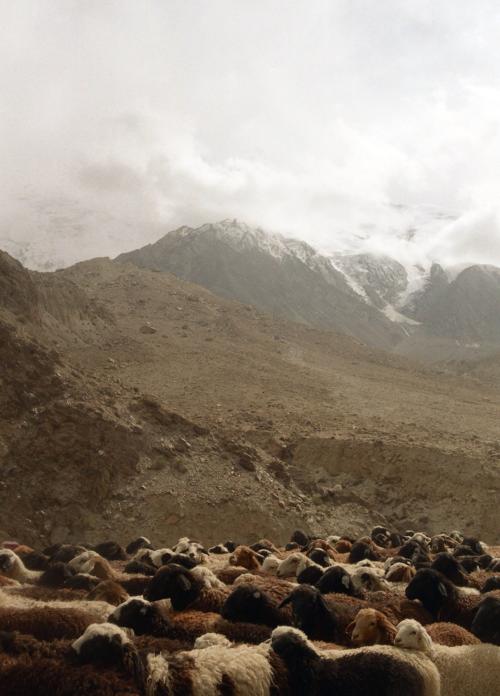
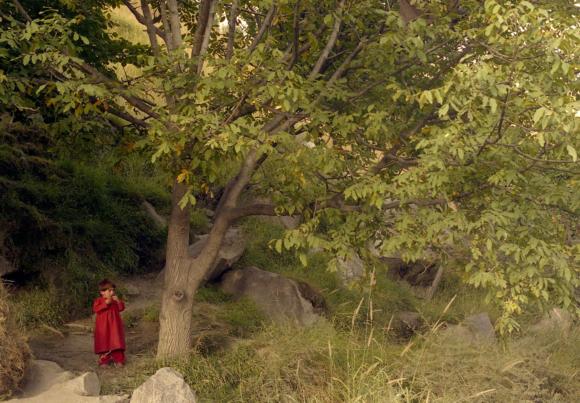
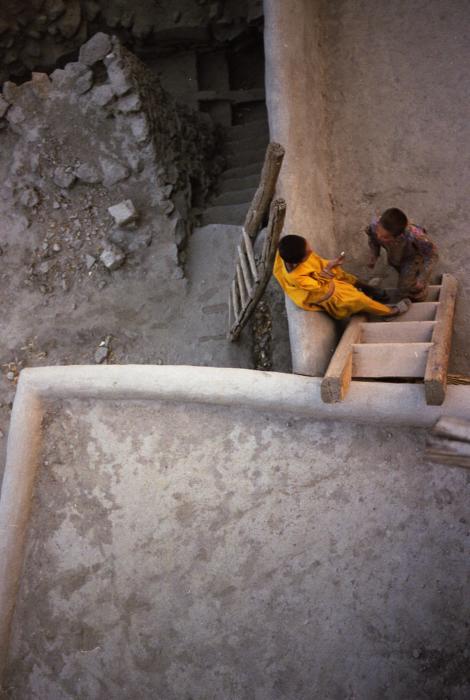
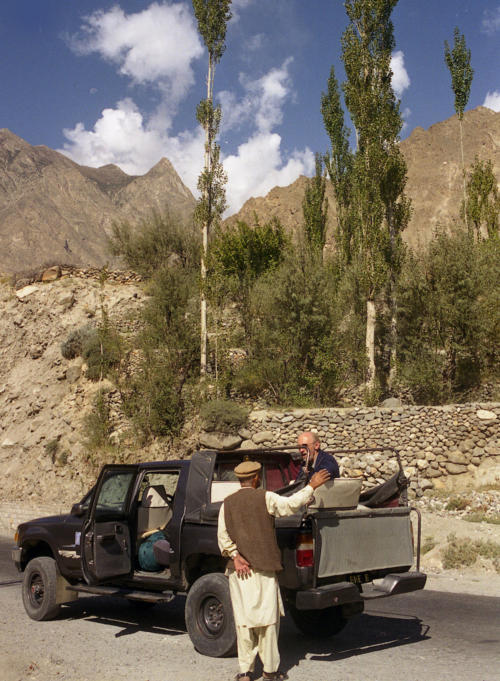
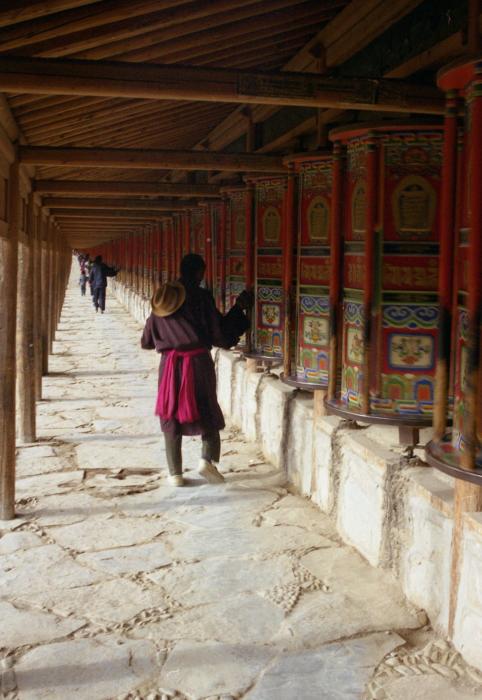
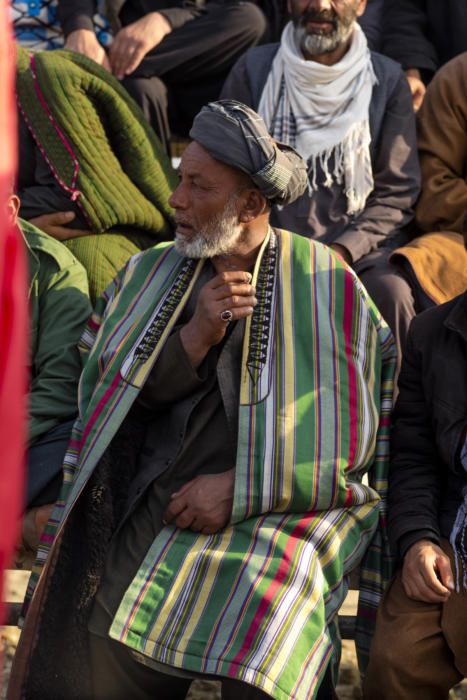
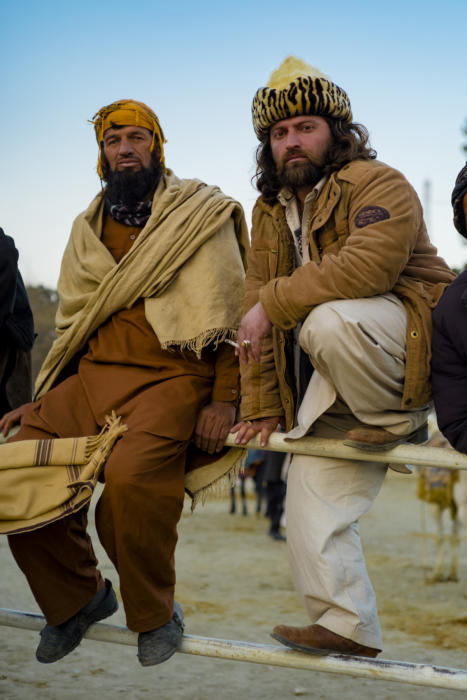
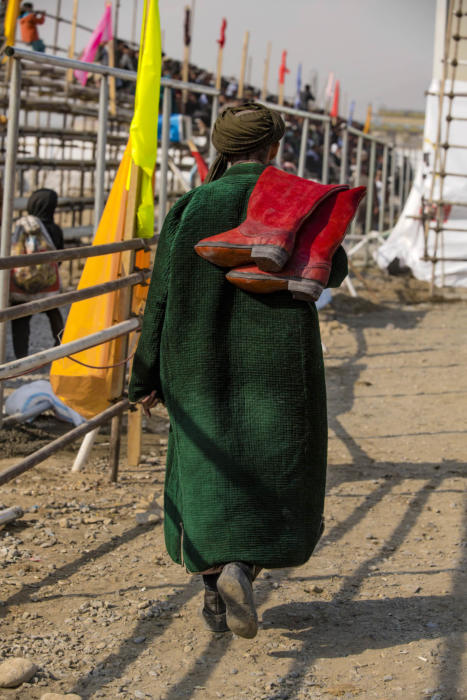
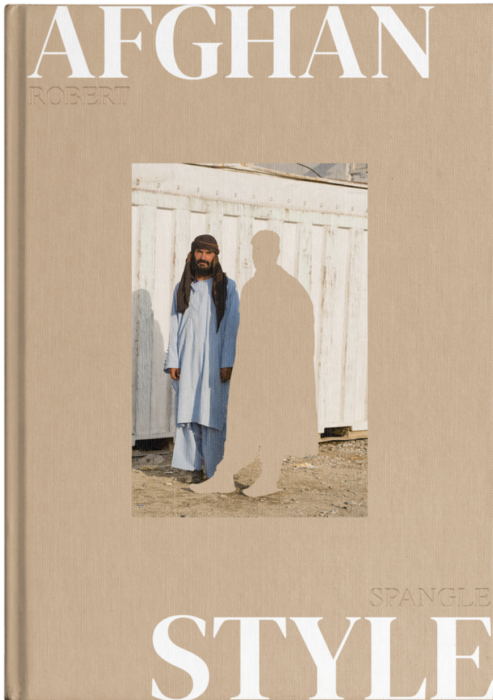


























My memories of kandahar were firstly the openness ,friendly nature and intelligent questioning of the people.
Secondly, the colour!
Third: The wonderful waistcoats many of the men wore(I think this is a regional speciality,but stand to be corrected)
Lordy Peter, you were lucky shipmate my memories, although vivid, were not that pleasant.
I was attached to the UN in 93 when there was a degree of normality and travelled about a little bit. After that, on subsequent trips, it was always suited and booted.
I was, err, hmm, meeting and ‘interacting’ with the locals some years after that. I was not suited, but I was booted. That got me thinking, in ‘94 I was in Africa (not) having fun. Ah Grand Days eh!
Form out of function (with added colour)
Interesting article and I guess the book also. Thanks.
By the way, it is Shalwar kameez rather than Shalwad. You may want to update it.
With my best
AAKG
Damn, thanks for the spot
Central Asians do have some wonderful coats, from the chapan cape or large heavy coats, lined with cotton, often found in Tajikistan. Rob’s book is superb, and a great contribution to documenting men’s style in that region.
Hi Simon,
Whilst not something of any interest at all to me, fair play to you both for venturing to such a dangerous place, in pursuit of experience and inspiration. Not for me though.
I would have loved to visit Urumqi, you know, before.
I love that on a Monday, Wednesday and Friday I never know what to expect from you Simon.. That is the joy of PS. This feels evocative and rather life-enhancing.
Thank you Daniel
Interesting to read and raises many questions about your exploits …but alas those are beyond PS blogs.
Travel is great for breaking down stereotypes and mainstream media (mis)impressions about the world.
To bring the subject back to tailoring I’m always a little disturbed when I hear some UK ‘tailors’ casually knock Made in China / Indian subcontinet / Far East tailoring.
From my own experience crafts-people in these places can produce anything of whatever standard but are often exploited to produce only for the bargain customers (attractive to western tourists) end of the market .
And even when they produce for western outlets one does wonder how much the craftsmen and women get considering the retail price in western stores.
I’ve seen some UK businesses try to produce MTM suits in Turkey , Pakistan etc but again it just seems to be a money grab meaning the customer gets something marginally cheaper then a say a British MTM but often the same or inferior quality.
Just to highlight the local talent in Kandahar and the struggle they face. This is a fascinating piece about the embroidery and needlework traditions.
https://www.alive-in.org/afghanistans-southern-kandahar-known-for-finest-embroidery-across-the-country-one-day-in-afghanistan/
So cool that you travelled with your Dad like that!
Thanks. He did a lot of travelling when he was young (eg Bristol to India over land) and it was great to do it together. He did trips with my two siblings too – would love to do it with my children some day
Hi Simon
That book made me pull out my shawls and pakol hats with so much nostalgia, pleasure and took me back to my roots.
I thank you and of course Rob, who highlighted positively our (Afghani and Pakistani) regional clothes and most importantly the people who wear them.
Never would I have thought PS mentioning Pakistan in a post..haha! Thank you!
Fantastic photography Simon, even as you place Rob’s above your own. It is clear, both from the composition of the shots and the subjects chosen, that your eye for proportion and beauty precedes the start of you interest in menswear.
You’re very generous Alex, thank you
Search for “Kabul 1950s” or Kabul 1960s in Google Images and the results will astound you. Life was very different, before the Taliban took over. In Kabul, Men wore suits with shirts and ties, women wore western dresses and female students even wore mini-skirts. The images above only confirm the abhorrent repression of women’s rights by the religious zealots and tyrants that rule Afghanistan once again.
Gary, you’re quite right to make your points. I feel it was remiss of me not to do so. Whilst this is a menswear blog, we shouldn’t avoid raising issues.
Hi Simon,
In 1995 I travelled overland from Karachi to Lhasa. Amazing trip.
Regards,
Andrew
Not one woman to be seen…
Exactly. Women are being forced to wear the burka, especially in the villages where they stone people to death. Women and girls are being denied education, basic healthcare and other rights by the totalitarian Taliban patriarchy. There are no pictures of them and the ordeals that they face every day.
My late friend knew Hamid Karzai when they lived in Pakistan in the 80s and raised money for the rebels to fight the Soviet regime. He later worked for President Karzai (who usually wore a black jacket with a collarless shirt and baggy grey trousers) in Kabul. I hope that there is a picture of him dressed like that in the book.
My friend resigned after his British colleague was murdered by a Taliban suicide bomber in their favourite restaurant. Afghans, especially women, just want to be free from the Taliban’s religious oppression. It is tragic that the Western allies, especially America, abandoned them to their awful fate.
I’ll just say, there are also religious minority and forced labor camp abuses in China too and we Americans gladly look the other way while we enjoy the cheap 64″ flat screen TVs, and post our latest score of so called “Neapolitan suits” from Canadian importers, as well as “handmade” Chinese shoes, all of which are produced under the cover of massive human rights exploitations. So, we must be careful how we criticize.
That said, it’s wonderful to read a less presented view of other cultural styles and clothing. I truly enjoyed this article and hope that Western artist or any of us for that matter, might take some inspiration from it and incorporate it into mainstream dress codes one day.
Surely Chinese human rights abuses do not make the violent misogyny of the Taliban ( and probably a significant proportion of Afghan men) acceptable?
As ever I don’t think this is really the right forum for these kinds of discussions, if that’s ok. Thanks
Really enjoyed reading your part memoir, part review of Afghan Style. Actually, was pleasantly surprised you had travelled to this part of the world. Most of your recollections struck a chord with me having grown up in Nigeria and wearing the traditional Yoruba sokoto (trouser) buba (top) and agbada (embroidered robe) and Kaftan popular with the Hausas in the north. The beauty of your storytelling shone right through the piece.
Wonderful, thank you BB
I have a couple of coats like the last man with the red boots. It is since I lived in Tajikistan 15 years ago.
Very comfortable and stylish. Protects a fair bit against the rain too. Sorry that they are impossible to wear where I live now, other as bathrobe or the robe one sometimes wear in the morning (dressing gown in English?).
I have one of these from Tajikistan too, excellent as a dressing gown in the winter months.
The Shalwar Kurta is not just an elegant dress but also very functional, allowing the wearer a full range of motion. It is great that traditional eastern clothing has been highlighted in a forum like this.